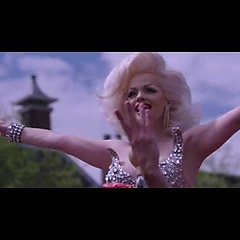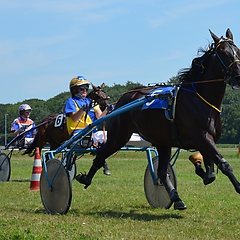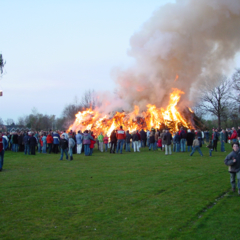Every year, on the third Friday of August, thirteen or fourteen floats pass through the streets of Sint Jansklooster. On that day tens of thousands of people come to see and experience the spectacle. The floats do not only carry dahlia creations, but also theatre spectacles. The parade is part of a festival week that begins on Wednesday afternoon with a children’s afternoon in a party tent. On Thursday a Youth Parade passes the same route in the evening as the big parade does the day after . On Saturday there is a Parade Festival. A shooter’s party is held at the end of the afternoon and in the evening a float builders party. At this occasion the prizes for the most beautiful floats are awarded. The festival week ends on Sunday night with an ecumenical church service in the tent. Prior to the parade a model or a detailed drawing has been made. The construction of the float begins on a farmer’s yard or in an empty shed. Rebar is used for the construction. The creation is finished off with papier mâché or other material. Consequently the float is often moved to a location where it is ‘glued off’. Hundreds of volunteers work hard to put the dahlias in place.



